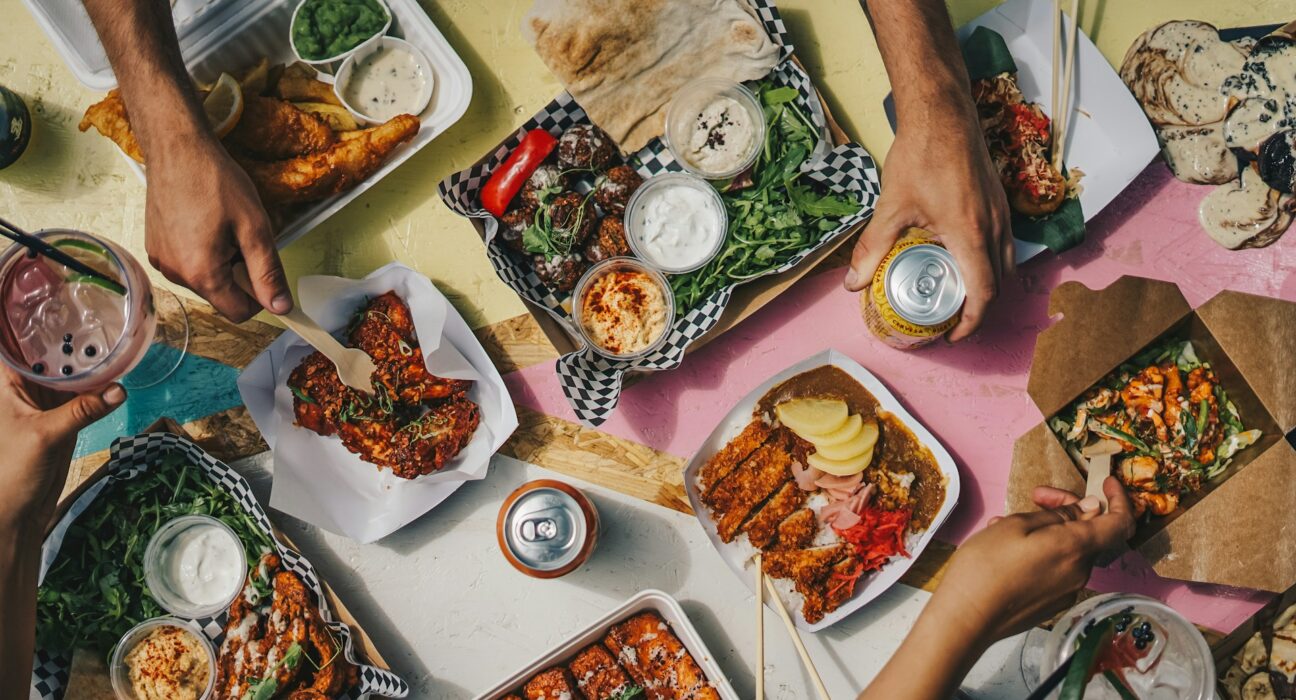Social media has transformed how we think about entertainment. What once was simply about good food and good company now includes an extra element: creating moments worth sharing. The beautifully arranged spread of meats, cheeses, and accompaniments has become the star of countless posts, with food styling playing a crucial role in modern party planning.
A well-crafted grazing table does more than feed your guests—it creates an experience. These carefully curated displays combine visual appeal with delicious flavors, making them perfect for everything from intimate gatherings to large celebrations. The key lies in understanding how different textures, colors, and heights work together to create something truly spectacular.
Whether you’re planning a birthday celebration, holiday gathering, or casual get-together, mastering the art of the elegant spread will elevate your entertaining game. This guide will walk you through everything you need to know to create party snacks that are as beautiful as they are delicious.
Planning Your Perfect Spread
Choose Your Foundation
The surface you select sets the stage for your entire display. Large wooden cutting boards offer rustic charm, while marble slabs provide elegant sophistication. Stone platters bring natural texture, and slate boards create dramatic contrast. For larger gatherings, consider covering your dining table with parchment paper or butcher paper to create an expansive grazing table that accommodates more guests.
Size matters when selecting your foundation. Plan for about 3-4 ounces of meat and cheese per person, plus additional space for crackers, fruits, and garnishes. A 12-inch board typically serves 4-6 people, while an 18-inch board works well for 8-10 guests.
Select Your Star Ingredients
Start with 3-4 varieties of cheese, choosing different textures and flavors. Include one soft cheese like brie or camembert, one semi-hard option such as aged cheddar or gouda, and one hard cheese like parmesan or manchego. Add visual interest with a blue cheese or something with herbs and spices.
For meats, aim for 2-3 selections with varying textures. Prosciutto offers delicate, silky ribbons. Salami provides rich, bold flavor. Coppa brings spicy notes, while sopressata adds rustic appeal. Consider the visual element—some meats fold beautifully, others work better sliced and fanned out.
Mastering the Visual Elements
Create Height and Dimension
Flat arrangements look boring in photos and fail to maximize space efficiently. Use small bowls for olives, nuts, and preserves. Stack crackers in overlapping patterns. Roll meats into rosettes or fold them into ribbons. Place taller items like breadsticks or long crackers vertically in small glasses.
Cheese can be pre-sliced and fanned out, or left whole with appropriate knives for guests to serve themselves. Create visual triangles by placing three similar items at different points across your board—this naturally draws the eye around the entire display.
Balance Colors and Textures
Food styling success comes from thoughtful color distribution. Avoid clustering all the red items together or placing all the white cheeses in one corner. Instead, scatter similar colors throughout your arrangement to create visual flow.
Think about texture contrast when placing items. Put smooth brie next to crunchy nuts. Place rough-textured crackers near silky prosciutto. Add fresh herbs like rosemary or thyme for pops of green that photograph beautifully and smell wonderful.
Fill Every Gap Strategically
Professional-looking party snacks leave no empty spaces, but this doesn’t mean cramming everything together. Use smaller items to fill gaps naturally. Grapes cluster perfectly in odd corners. Nuts scatter beautifully around larger items. Fresh berries add color and fill small spaces while providing refreshing palate cleansers.
Crackers serve double duty as both food and filler. Use different shapes and sizes to create interesting patterns while ensuring guests have plenty of options for building their perfect bites.
Styling for Social Media Success
Lighting Makes the Difference
Natural light creates the most appealing photos. Position your grazing table near a window, but avoid direct sunlight that creates harsh shadows. Overcast days provide ideal lighting conditions—soft and even without strong directional shadows.
If shooting indoors with artificial light, use warm white bulbs rather than cool fluorescent lighting. The warm tones complement food colors better and create a more inviting atmosphere in photos.
Choose Your Angles Wisely
The overhead flat lay shot has become iconic for food styling, but don’t limit yourself to just one perspective. Capture some angled shots that show the height and dimension of your arrangement. Take close-up detail shots of particularly beautiful sections.
Consider the background in your photos. Clean, neutral surfaces work best—white marble, light wood, or simple linens. Avoid busy patterns or dark surfaces that compete with your carefully arranged spread.
Props and Garnishes
Small props can enhance your photos without overwhelming the food. Vintage cheese knives, small wooden spoons, or linen napkins add authenticity. Fresh herbs provide natural garnishes that smell wonderful and photograph beautifully.
Keep props minimal and purposeful. Everything should either serve a function or significantly enhance the visual appeal. Avoid cluttering the scene with unnecessary decorative elements.
Advanced Arrangement Techniques
Layer for Depth
Professional food styling creates visual depth through strategic layering. Place larger items first, then fill in with medium-sized elements, finishing with small details. This approach ensures balanced distribution and prevents any single item from getting lost in the arrangement.
Start with your cheeses as anchor points, spacing them evenly across your surface. Add meats in flowing patterns that guide the eye around the board. Fill in with crackers, fruits, and nuts, creating natural pathways between elements.
Seasonal Adaptations
Adapt your party snacks to reflect seasonal availability and holidays. Summer boards shine with fresh berries, stone fruits, and light, refreshing elements. Fall arrangements can incorporate dried fruits, nuts, and heartier cheeses. Winter gatherings call for rich, warming flavors and deeper colors.
Holiday themes work beautifully when executed subtly. Use seasonal fruits for natural color coordination rather than obvious decorative elements that might look forced in photos.
Interactive Elements
Create engaging moments by including items that invite interaction. Honeycomb with a wooden dipper creates Instagram-worthy drizzling shots. Small bowls of various mustards and preserves encourage guests to experiment with flavor combinations.
Consider including a few surprise elements that spark conversation—perhaps an unusual cheese variety or an artisanal jam with an interesting story behind it.
Practical Tips for Success
Timing Your Preparation
Most elements can be prepared hours ahead, but timing matters for optimal presentation. Arrange dry items like crackers, nuts, and cured meats first. Add fresh fruits and soft cheeses closer to serving time to maintain their appearance.
Remove cheeses from refrigeration 30-60 minutes before serving to allow them to reach optimal flavor and texture. This timing also prevents condensation that can make your carefully arranged display look less appealing in photos.
Transportation and Setup
If you’re taking your creation to another location, pack components separately and assemble on-site. Bring extra garnishes and small items to fill any gaps that might appear during transport.
Consider the final location when planning your arrangement. Outdoor parties may need heartier selections that hold up well in varying temperatures. Indoor gatherings allow for more delicate items and elaborate arrangements.
Taking Your Spread to the Next Level
Creating stunning party snacks requires more than just arranging food beautifully. The most successful grazing table combines visual appeal with practical functionality and delicious flavors. Your guests should be able to easily access everything while you capture those perfect social media moments.
Remember that practice makes perfect. Start with smaller arrangements to develop your eye for color, texture, and balance. Pay attention to what works well together both visually and flavor-wise. Take photos throughout the process to see how different arrangements translate on camera.
The goal is to create an experience that delights both in person and photos. When your guests are taking pictures of your spread and talking about the beautiful presentation, you’ll know you’ve mastered the art of food styling for entertaining.







